The sub-Himalayan grasslands that occur along the Himalayan foothills, which eventually converge into the plains. These grasslands at the regional scale provide crucial wildlife habitat to a multitude of species, and safeguards human well-being by ensuring water availability. At the global scale, grasslands play a critical role in mitigating the effect of climate change through carbon sequestration.
The Manas National Park (MNP) in the eastern Terai region of India is a vital ecosystem, with mosaic of sub-Himalayan grasslands and woodland forests, is a home to many threatened and rare species, including grassland obligates. However, the grasslands in MNP are in spatial decline and have high invasibility primarily by invasive alien plants (IAPs)- Chromolaena odorata and Mikania micrantha. While invasion by IAPs have long been recognised as a threat in Manas; limited scientific evidences was available to make informed conservation decisions, especially about IAP management.
We undertook a study in MNP to understand the distribution pattern of the IAPs and identify the drivers of invasion. The study inferred that approximately 30 % of the existing grassland habitat has been invaded by these two IAPs. We applied the Species Distribution Modelling (SDMs) and found that the entire grassland habitat is prone to invasion in absence of any management intervention.
We set up experimental plots of 1 hectare each to test three different C. odorata-management methods in Manas —manual uproot, cut, cut & burned to ensure grassland recovery. The first— manual uproot — using digging hoe, completely removing both above and below ground portion of the C. odorata plant. The second— cut — it included removal of aboveground portion of the C. odorata plant from the base at a height of 5–10 cm using sickle machetes, with least disturbances caused to native vegetation. The third — cut and burned — almost similar to local grassland management practice by the forest department, however, before burning the cut stem were dried for 2–3 days. We applied the treatment from 2014-2016, in post monsoon season (September–November), and monitored the regeneration of native vegetation using quadrat sampling.
Over the study period, the experimental plot which was subjected to manual uprooting treatment had increased native species richness, density and cover as compared to the other two treatments tested during the study. It is an ecologically-effective strategy as it can restore the entire native grass-community when C. odorata are uprooted before the flowering season for at least 3-5 years. Additionally, we suggest that planting native grass slips post Chromolaena removal yield better results. Applying this tried and tested method, we aided in recovery of approximately 2km2 of grassland habitat in MNP. Our efforts to address invasion involved engagement of local communities from the fringe areas, which supplemented their livelihood and inculcated a conservation-sensitive behaviour by being a part of the restoration process.
Moreover, our current attempts are targeted towards addressing the woody plant encroachment, primarily by Bombax ceiba species, which are engulfing the grasslands, leading to further shrinkage of grassland habitat.


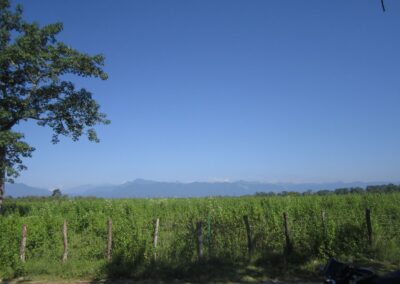
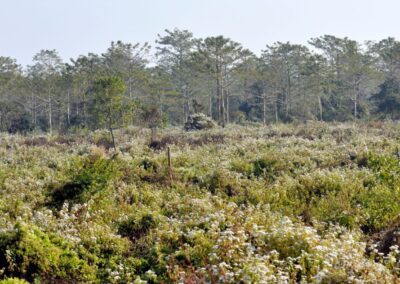
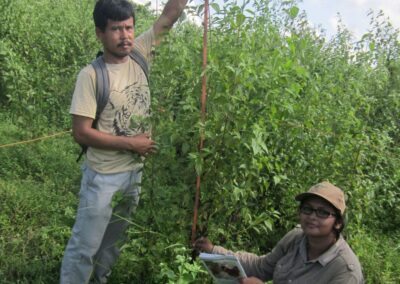
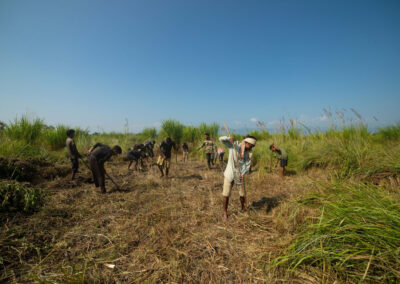
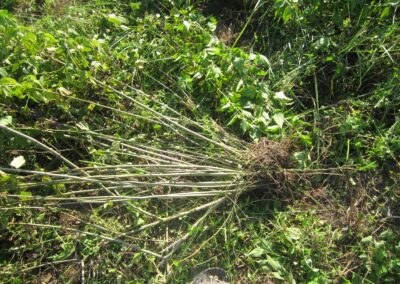
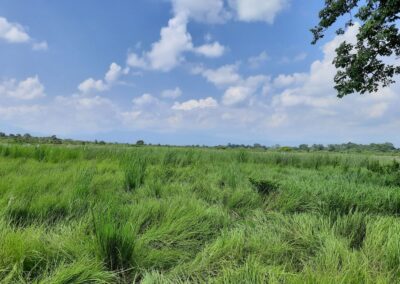


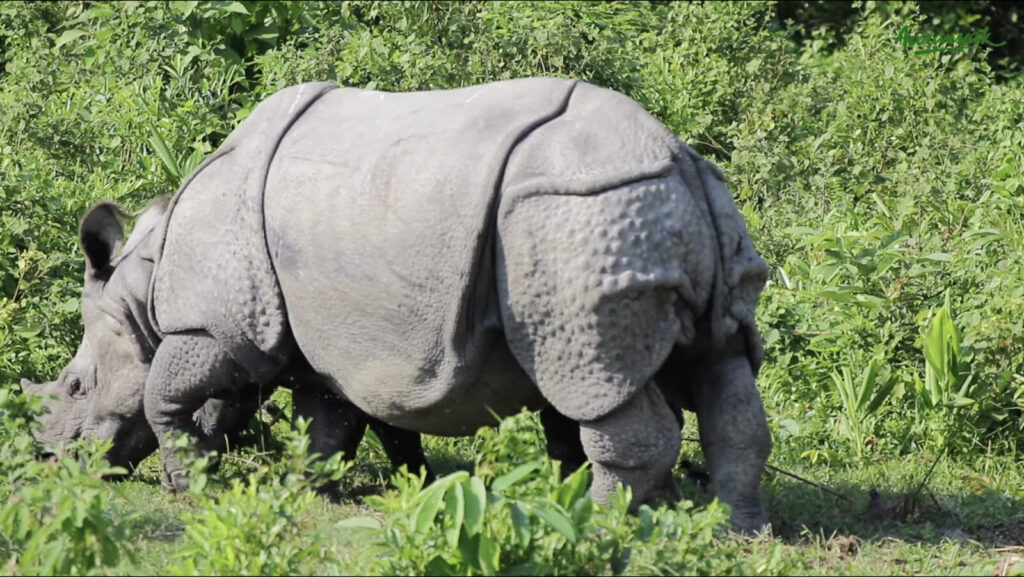
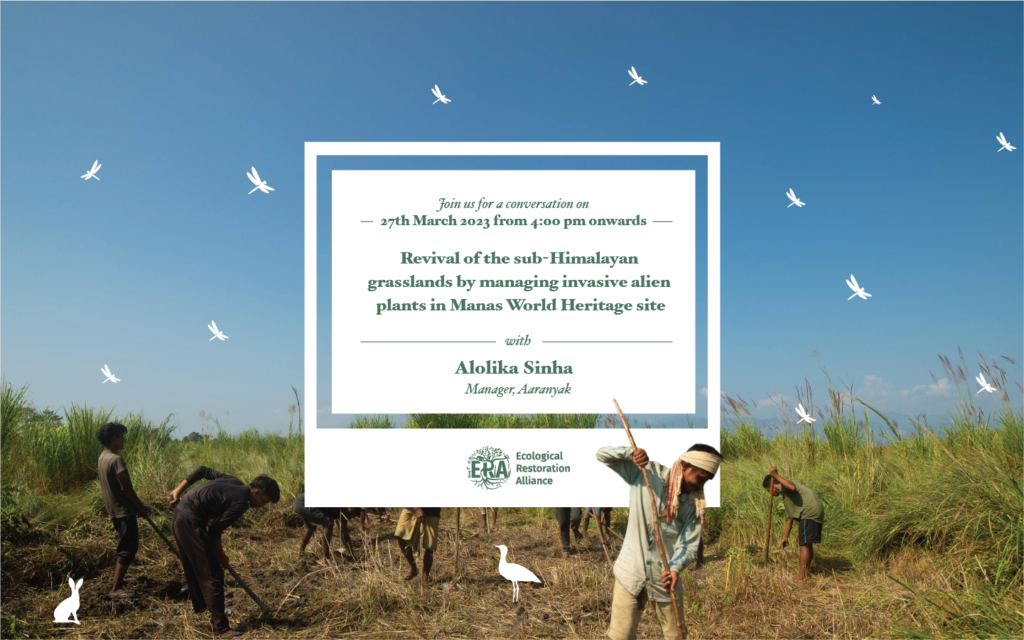
 and
and 